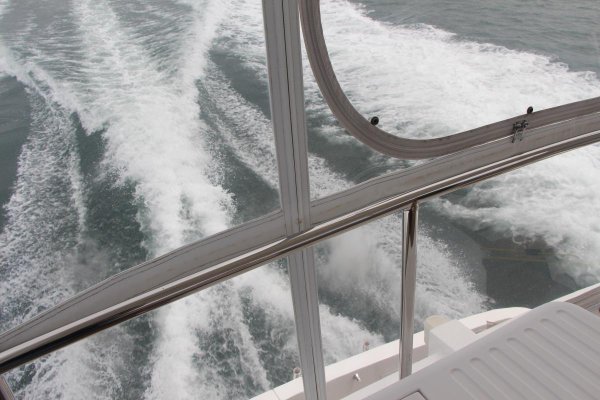Nomad Willy
Guru
Hi-
My wife and I are contemplating purchase of a 2000 Nordic Tug 42 with a 635 HP Cummins QSM11 with 1500 hours.
I am looking to purchase a semi-displacment hull vessel that can cruise all day at 14 knots. Is this realistic? Or not with this setup....
This would be our first NT and diesel setup.
Thanks,
Mike
Mike,
The NT is a SD hull so your "top cruising speed" is just how fast the NT you want will go when the engine is at the max continuous output level. It may supprise you how high that output level is. And at the speed that max cont power delivers you may not like other things that may be going on. If it's choppy or worse you may not like the rough ride or all the seawater slaming down on the boat. Vibraation wise that speed may not be a "sweet spot". Or you don't like the bow high attitude. As in most things boating there are lots of variables.
But as to max continuous speed it's easy to find. You can probably just ask NT. By the way .. great choice of boat.
Oh I see Smitty in post #21 has it already researched.
A constant output of about 380hp should be a walk in the park for a 600hp engine.
Last edited:

 I have made that mistake several times since 1995. I now have the right boat!
I have made that mistake several times since 1995. I now have the right boat!
